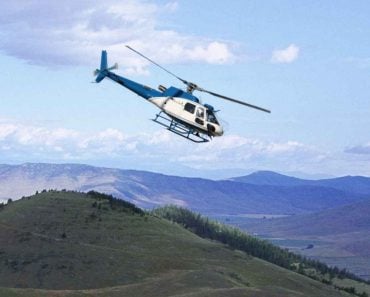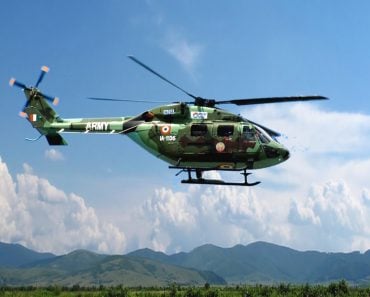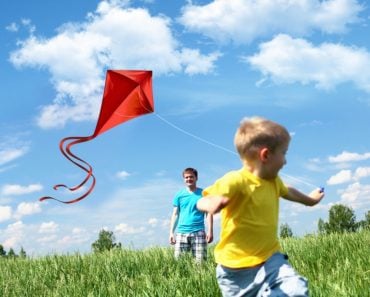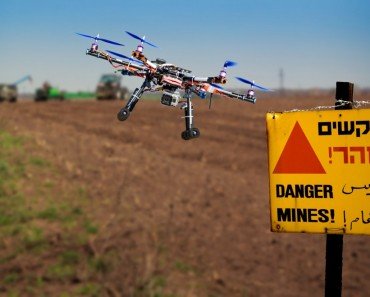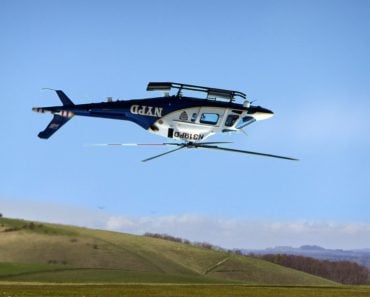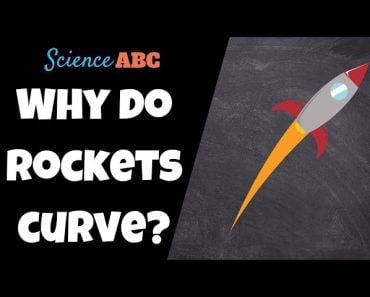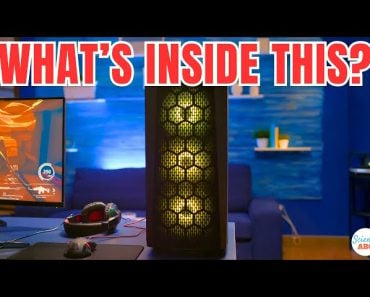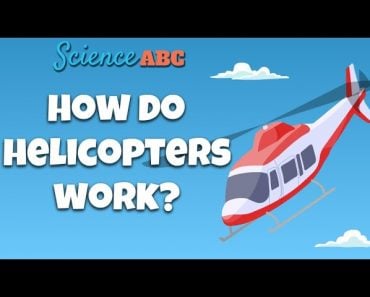Table of Contents (click to expand)
Drones are robotic aircraft that are controlled remotely by a pilot or by an onboard computer. They can be used for a variety of purposes, including surveillance, photography, and recreation.
Drones, which are frequently used for filming, military surveillance, and recreational activities, are named after a term from science fiction. Drones fall under the intersection of aerospace, robotics, and mechatronics. They can range from entirely autonomous military-grade drones to your average remote-controlled drones, which you might see a kid flying in the park.
Unmanned Aerial Vehicles (UAVs) is another name for drones.
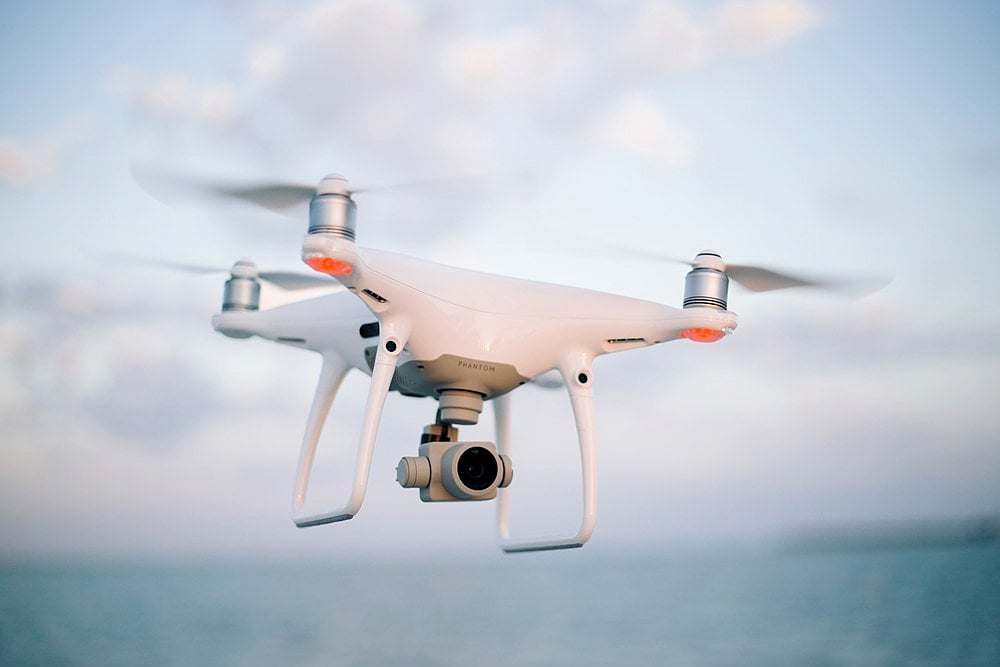
These machines are primarily used when conditions are dry, dull, or dangerous for human pilots. However, the term drone can be highly misleading and refers to many different kinds.
Let’s first examine the different parts that make up a traditional drone.
Recommended Video for you:
Drone Technology: Parts Of A Drone
The following is some information about consumer-friendly drones that private individuals commonly use.
Frame
The frame is the most critical component of a drone. Frames are typically made of plastic or carbon fiber and can be fitted with different arm variations, such as tri, quad, hex, or oct. The end of each arm holds the motor and propeller, while the center houses the flight controllers, gimbals, and other electronic gear.
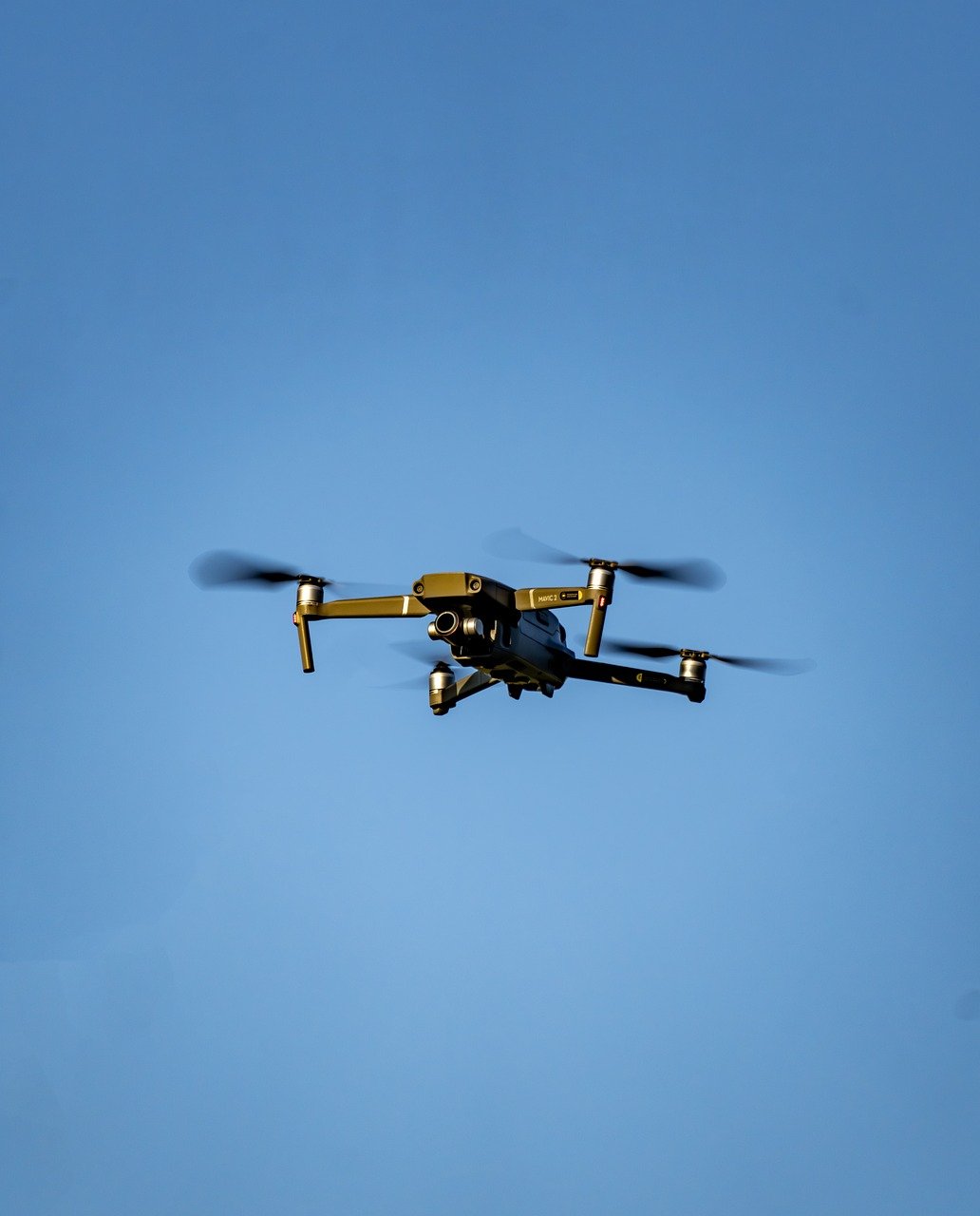
The majority of the weight should be at the center of the drone to ensure the best flight characteristics by keeping the center of gravity centered.
Weight is significant in all drone components. A heavy frame will reduce the drone’s lift. Conversely, you don’t want a super lightweight frame that will break upon impact. Carbon fiber is a favorite material because of its strength and minimal weight.
Motors
The motors are the second most important component of a drone. There is a separate motor for each blade/arm. The motor choice is based on the required power and what you want the motor to do.
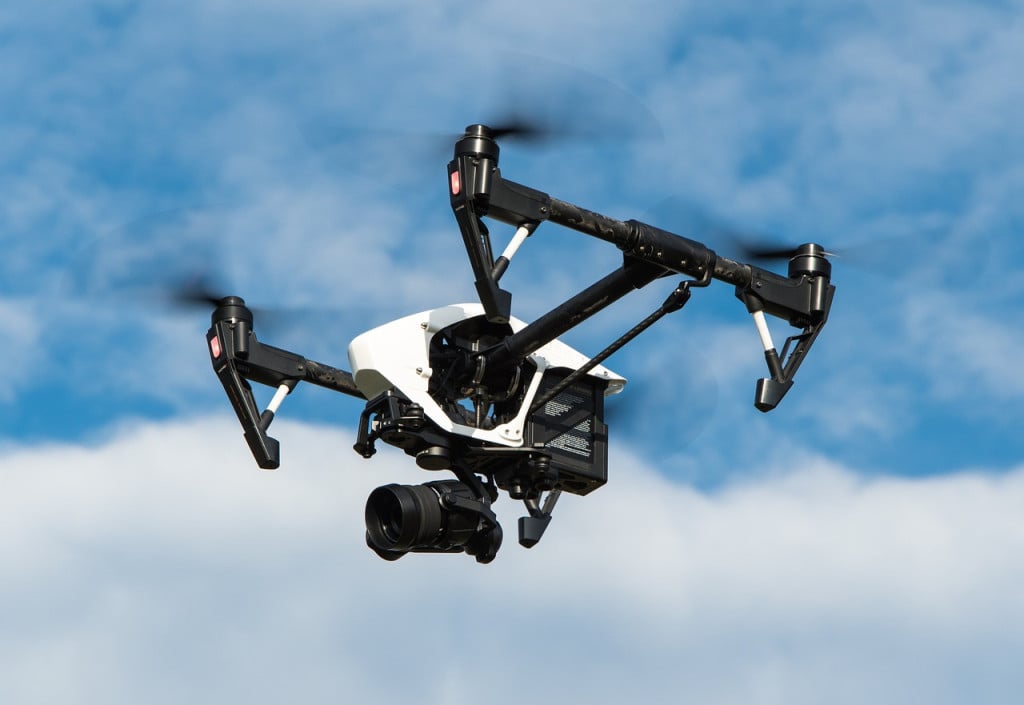
For multi-rotors that are designed to carry heavy payloads and maintain the best possible flight times, a slower-spinning, higher-torque motor is ideal. However, a different type of motor is required if you want an aggressive, fast system with lots of maneuverability and faster-spinning rotor systems.
The kV value measures the RPMs or speed of the rotors. Faster versions will have a kV value upwards of 1400kv, while slower drones with a longer battery life are in the 300-900kv range. These figures are accurate only if the correct battery and propellers are used to match the drone’s specifications.
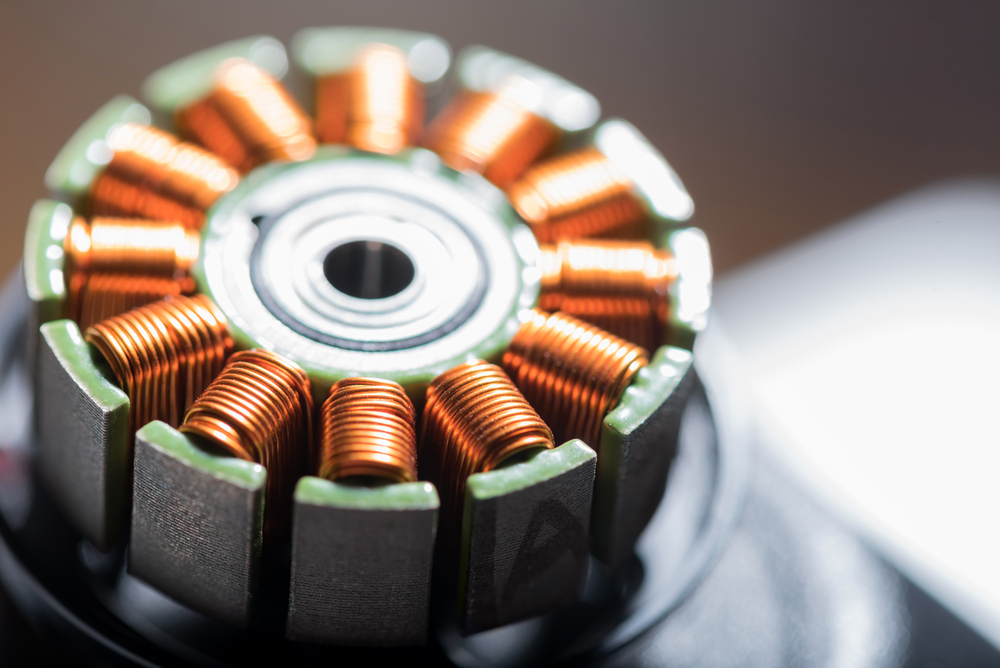
Propellers
Propellers are the wings of a drone and can be made of either plastic or carbon fiber. Carbon fiber is the more expensive, higher-end choice. When selecting propellers, ensuring that your drone’s frame can accommodate your chosen size is essential.
Most frames will have a maximum propeller size assigned to them. Additionally, the propeller size should be selected based on your intended purpose.
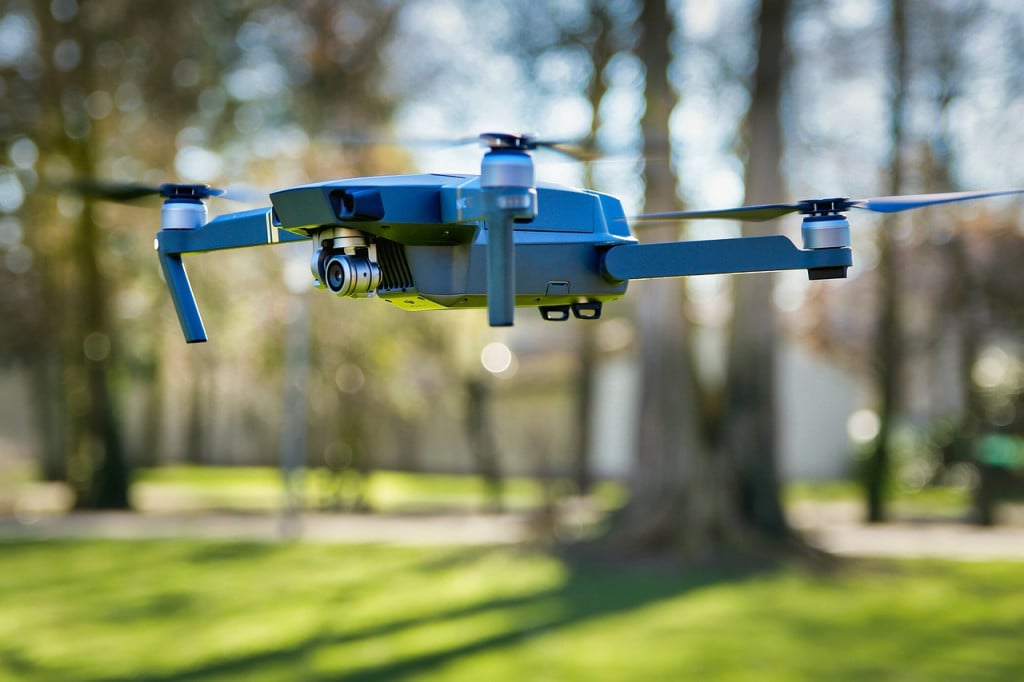
If you want a more aggressive build, choose smaller propellers, while larger propellers are recommended for higher payload and longer flight times. Propellers usually come in pairs, with one being a clockwise (CW) spinning prop and the other being counterclockwise (CCW).
Batteries
Drones rely on their batteries for power, which come in various weights and capacities. It may seem logical to always choose the battery with the highest capacity for the longest flight time, but this is not always true.
As the battery’s capacity increases, so does its weight. More capacity is no longer advantageous at a certain point, and the benefits begin to diminish.
This is a commonly overlooked detail that can cause problems. If you desire a high-capacity 10,000 mAh 6s battery, ensure that your motors and ESC are 6s and that your flight controller can support it.
Electronic Speed Controller
The Electronic Speed Controller (ESC) is crucial to a drone’s control system. It runs the motors and is rated for how much current it can consistently supply. As the motors are constantly spinning at different speeds, the ESC dictates the speed of each motor. This speed control system is necessary to keep the drone hovering at a constant height.
The difference in motor speeds controls the drone’s pitch, as we are not changing the pitch of the rotors. Four identical ESCs are highly recommended for the best results.
The transmitter and receiver are crucial in communicating with the drone and the person controlling it. The transmitter sends the signal, and the receiver receives it. The receiver is connected to the flight controller and delivers the inputs and outputs of the responses to the motors.
The choice of transmitters is relatively straightforward, usually based on the number of channels required for operation. For multi-rotor drones, the bare minimum is four (roll, pitch, yaw, and throttle). Having more channels is always an excellent convenience. You can also use a separate channel for autopilot, operating a camera gimbal, retractable landing gear, and other functions.
Flight Mechanism Of Drones
Now that you have a basic understanding of the different parts of a multi-rotor drone, it’s time to discuss how all these parts come together to achieve flight. For the following examples, let’s use a quadcopter. A quadcopter uses four different propellers powered by four different motors on four arms.
Easy, right?
Each spinning propeller creates its torque. Newton’s Third Law states, “For every action, there is an equal and opposite reaction.” Thus, if a propeller is spinning, the arm holding it also wants to spin in the opposite direction. This is the law of Torque Reaction and is why a traditional helicopter has a tail rotor to compensate for that fuselage torque.
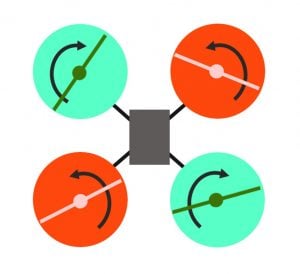
In a quadcopter, we don’t need a tail rotor. Do you know why? Because we can combat that per-propeller torque with an equal and opposite torque (the propeller opposite it). The neighboring propellers cancel out each other’s torque effect. This allows quadcopters to hover exceptionally well.
If you were to hover a helicopter and apply more power, there would be more torque, and more power would be needed from the tail rotor. This takes many hours to master, especially to make it look smooth. These problems don’t exist in multi-rotor drones because power increases are always done equally, and the opposite is true in the propeller system. We want to do more than just hover our multi-rotor.
If we want to move forward, then both forward propellers will apply less power, whereas the back propellers will add more. This principle applies to all roll directions.
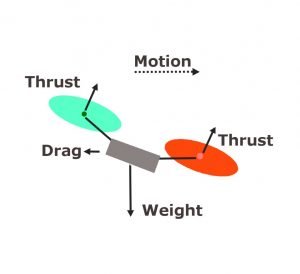
Yaw movement is different, however. The picture above depicts what would happen if we wanted our craft to yaw left, meaning that we want that torque reaction to be more prominent in the left direction. Thus, the quadcopter gives more power to the propellers with a left torque direction (clockwise-spinning propellers).
Ascending and descending are very simple. Power is either increased to the entire propeller system to ascend or decreased to make a descent.
You can also fly your quadcopter in a multitude of ways. You can be in slow yaw while ascending and applying a slight roll. The algorithm and codes built into the flight computer consider these directions and apply the necessary power to each propeller. This enables the quadcopter to maintain a stable and smooth flight. With all this in mind, the next time you fly your drone, you’ll know exactly how much planning and delicate technology is required to fly it!
Last Updated By: Ashish Tiwari
References (click to expand)
- Marris, E. (2013, June 12). Drones in science: Fly, and bring me data. Nature. Springer Science and Business Media LLC.
- Hildebrand, J. M. (2019, July 13). Consumer drones and communication on the fly. Mobile Media & Communication. SAGE Publications.
- Ruttner, F. (1966, September). The Life and Flight Activity of Drones. Bee World. Informa UK Limited.
- Watkins, S., Burry, J., Mohamed, A., Marino, M., Prudden, S., Fisher, A., … Clothier, R. (2020, January). Ten questions concerning the use of drones in urban environments. Building and Environment. Elsevier BV.


